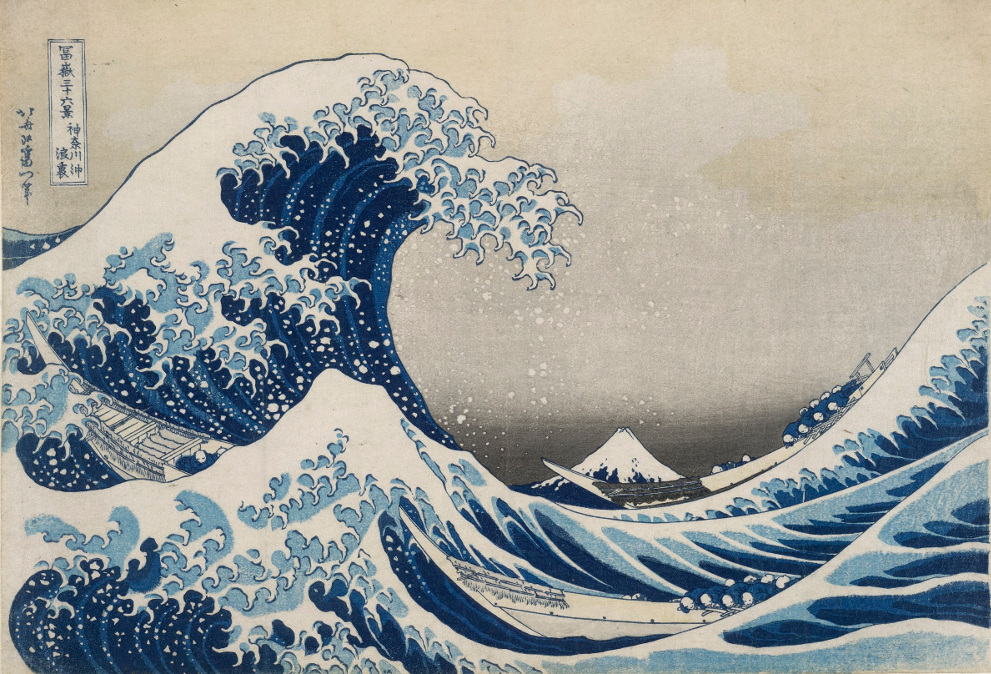
Iconic Fuji
No mountain is photographed as often as Mount Fuji: from all sides, from near, far and above, at any time of the day and at any season. Honoured as a god and deployed as the symbol of Japan as a nation state, the volcano has mythical meaning. Mount Fuji is an icon and a cliché.
Fuji is full of symbolism, at least since Japanese artist Hokusai’s time (late 18th – beginning 19th century).[1] In many ways it is the perfect mountain, a dark conical shape with a contrasting white ice crayon. Also its greatness cannot stay unnoticed. After the art it was the photography that gave the mountain prestige worldwide. Almost destined to have an existence as a national icon, the more the mountain appeared somewhere, the more recognizable Fuji became.
Dutch artist Fiona Tan (b. 1966) undoubtedly knew the mountain before she saw it with her own eyes. In 2015, she began collecting photographs of the mountain and compiled them in a long film, titled Ascent (2016). Commissioned by the Izu Photo Museum in Shizuoka, the montage contains over more than 4000 photographs, including amateur snapshots supplied by the public and a selection of historical images from the museum collection. Ascent is a contemplation about this extraordinary mountain, but is also a study of visual culture and a tribute to the history of both photography and film.
Tan combined the images with a fictional story, shifting the boundary between still and moving images, revealing a unique area where photography and film meet and connect. It tells the story of an English woman and her memories to her deceased Japanese lover, who once climbed the volcano. The report of his climb creates a stream of thoughts and associations. The higher he comes, the wider becomes the scope of this reflection on, amongst others, photography and film, memory and mourning, eternal change, the essence of cherry blossom and how some things are best seen from afar. The story zigzags between narrative and history, from western imperialism to contemporary tourism, from the early years of photography to the present time.
Ascent is foremost a tribute to Fuji and what Fuji stands for. For centuries the mountain has been a challenge in the landscape, a phenomenon to physically conquer and an image to capture perfectly. The myths and anecdotes, the military and geological history, or the travel stories. They all contribute to the great record and fictional story created by Tan. The result is a mesmerizing journey to Mount Fuji and its symbolic meaning. Once an icon, always an icon.
[1] Remember his international iconic print The Great Wave off Kanagawa from the series Thirty-six Views of Mount Fuji (c. 1831).

